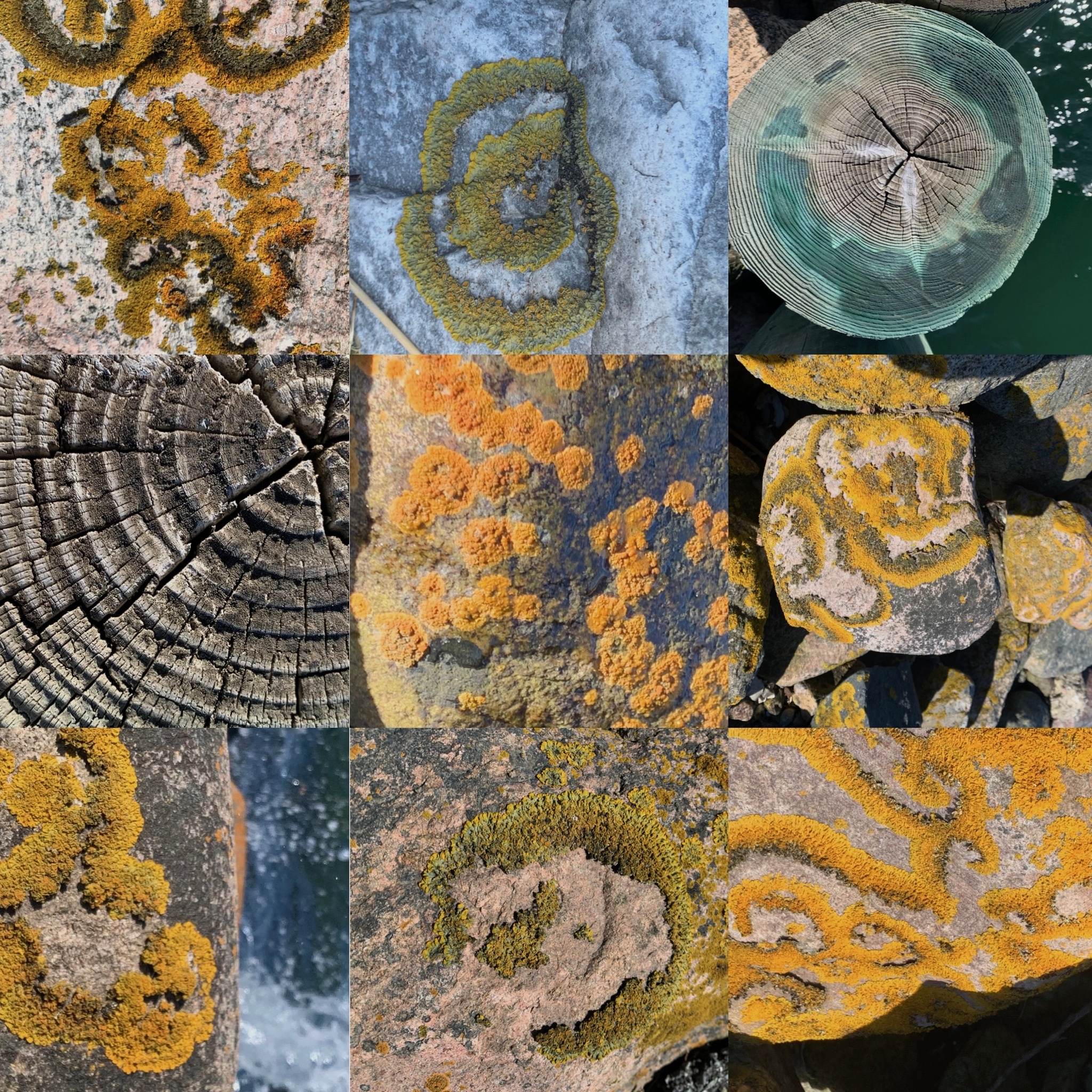Making Sense of What We Can’t See: A Visual Retrospective of COVID-19
DOI:
https://doi.org/10.17742/IMAGE.MM.12.2.12Abstract
How do we make sense of the global and granular at the same time? This visual essay explores the relationship of the macro and micro through everyday practices of image making, cropping, and sharing. It asks whether new ways of knowing emerge or if perhaps patterns of sensemaking pre-exist, a psychological or social equivalent to fractals in nature. This becomes relevant when we consider that it is precisely within the mundane details of everyday actions of sensemaking that future structures are born. In wonders about how, in times of global trauma, might these micro practices reinforce or resist existing relations among humans, technologies, and the planet.References
Lefebvre, Henri. Rhythmanalysis: Space, Time and Everyday Life. New York: Continuum Books, 2004.
Latour, Bruno, et al. “‘The whole is always smaller than its parts’: a digital test of Gabriel Tardes’ monads.” The British Journal of Sociology, vol. 63, no. 4, 2012, pp. 590-615, DOI: 10.1111/j.1468-4446.2012.01428.x.
Mandelbrot, Benoit B. “Fractal Aspects of the Iteration of z →Λz(1- z) for Complex Λ AND.z.” Annals of the New York Academy of Sciences, vol. 357, no. 1, 1980, pp. 249-259, DOI:10.1111/j.1749-6632.1980.tb29690.x.
Weick, Karl E. The Social Psychology of Organizing. Boston: Addison-Wesley, 1969.
Downloads
Published
How to Cite
Issue
Section
License
Copyright (c) 2021 Annette N Markham

This work is licensed under a Creative Commons Attribution-NonCommercial-NoDerivatives 4.0 International License.

This work by https://journals.library.ualberta.ca/imaginations is licensed under a Creative Commons 4.0 International License although certain works referenced herein may be separately licensed, or the author has exercised their right to fair dealing under the Canadian Copyright Act.




